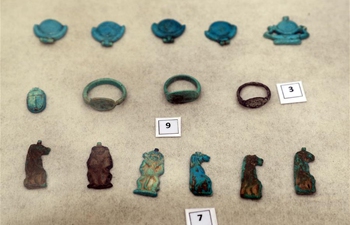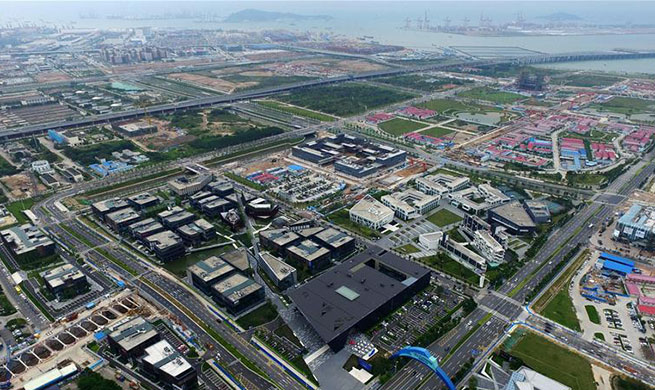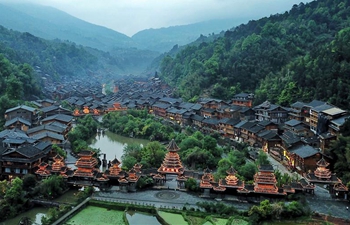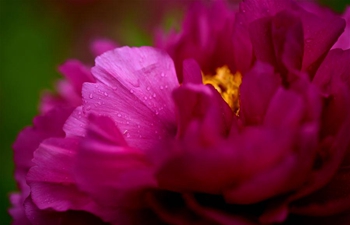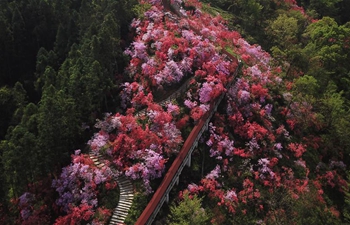SYDNEY, April 15 (Xinhua) -- Researchers from Australia's University of Newcastle have digitally mapped and recreated an ancient Aboriginal site, allowing users to step 6,500 years back in time using a virtual reality headset.
Revealed on Monday, the project maps an archeological dig the size of a family swimming pool, where approximately 5,500 stone tools were uncovered in 2009.
"We've tried to create a 3D representation of the dig at Newcastle West by placing the scanned artefacts back into their original positions as they were found when the dig was underway," university archivist, Gionni Di Gravio explained.
"Archaeologists are very similar to forensic scientists and archivists in that we like original order. The scene tells a story as well as what's found in it, so you have to preserve where things are found."
The study is giving archaeologists a better understanding of the cultures which existed amongst Australia's earliest inhabitants.
"This project has revealed that Aboriginal people existed here six-and-a-half thousand years ago and has brought new knowledge that it was a place of industry," Living Histories Coordinator, Dr Ann Hardy said.
"It's not a site where just a few random stone tools were located, it was an actual site where stone tools were made and traded.
The stone tools were digitised using a handheld scanner which takes only minutes to work, they were then uploaded and texture and fine grain was added for realism.
By creating virtual images of the tools and the location, the researchers hope to share and disperse, much more broadly than ever before, the knowledge of what was occurring in Australia prior to European settlement and to help understand the world's oldest surviving culture.
"These are not just stones and rocks, they are the living and breathing products of a culture and a people that was changing and evolving all the time," Senior lecturer and Indigenous historian at the University's Wollotuka Institute, Dr Greg Blyton said.
"I think people and technology have got to work together to try and realize that this country's history of human occupation is a long one and every Australian has a right to share that history."





